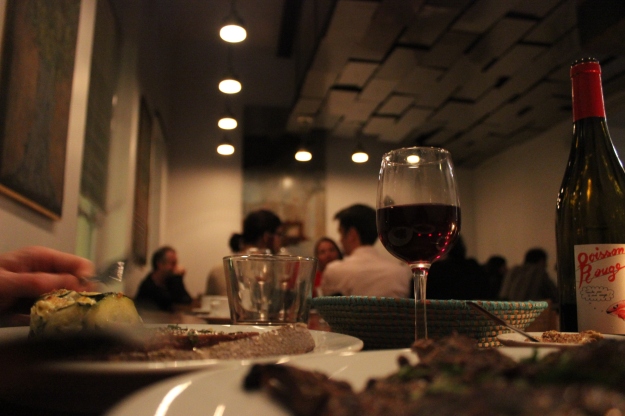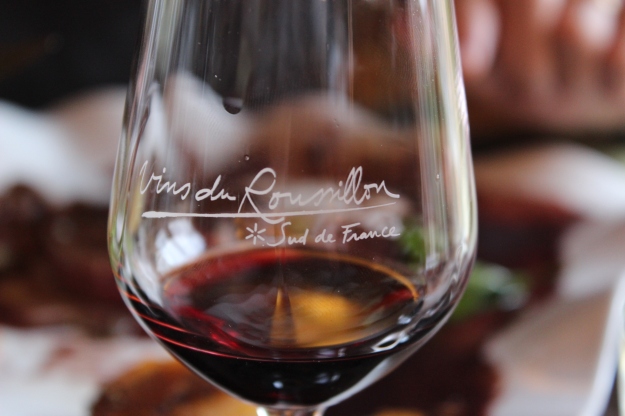It has been almost one week since I arrived at the summer house in Finland. The routine kicked in fast. The wake-up between 9 and 11 o’clock, porridge with berries while watching the lake view, walking the baby in the woods (she seems very impressed by the surrounding tall pines and spruces), cooking lunch, cutting wood, observing birds, arranging the boat garage, heating up the sauna and preparing dinner (often Grilled vendace: a typical Finnish meal after sauna).
I usually go to sauna around 9 o’clock in the evening, after putting my daughter to sleep, and return to the kitchen to cook while my parents have their turn at the sauna. The weather hasn’t been warm enough for drinking rosé wine at terrace but we have enjoyed red wine from Luberon and biodynamic red from Languedoc-Roussillon (Domaine Cazes, Cuvée Marie Gabrielle 2011). Life is sweet here and will only get sweeter when my husband arrives some time next time.
It is 7 o’clock in the evening as I am typing this. Time to cut wood and heat up the sauna!
PS I will be here for several weeks, so stay tuned for more stories about the life at the Finnish summer house!
Lastly, Pearlspotting is on Facebook and on Instagram. If you prefer Twitter, you can find me here @Miia_Niskanen
See you soon!















































